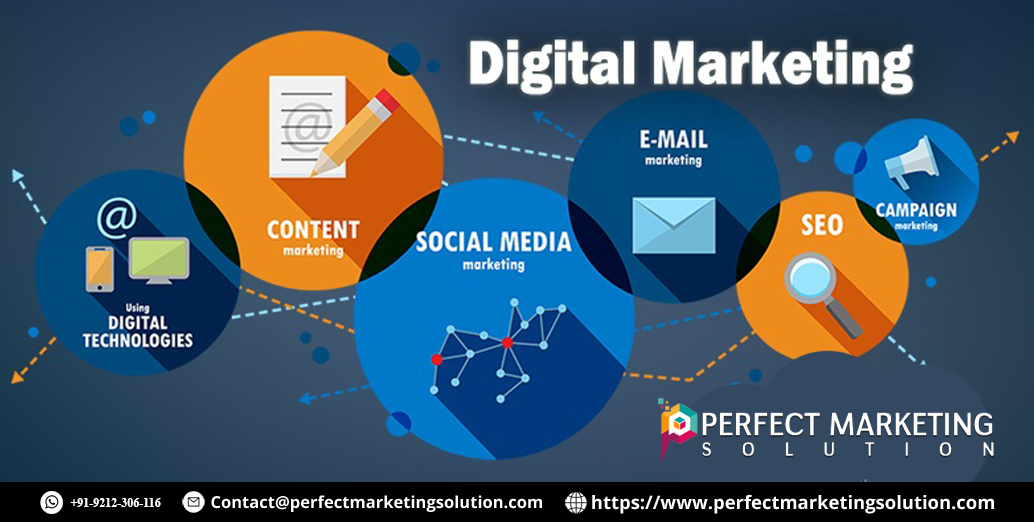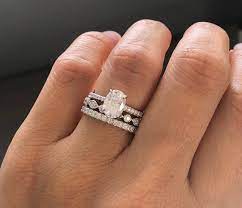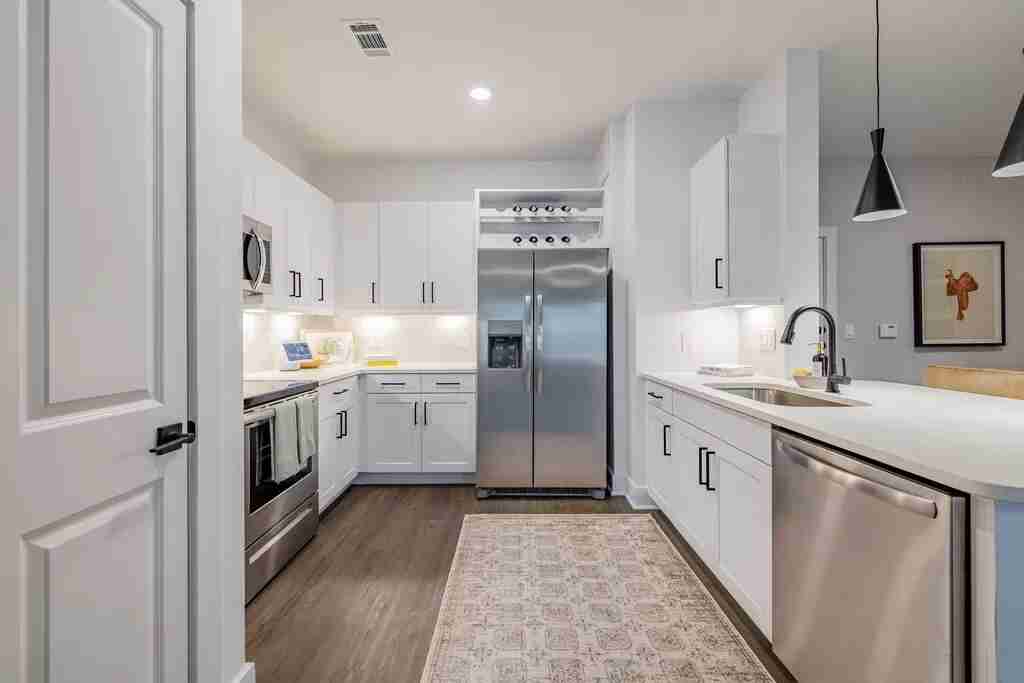Vacuum Casting: A Cost-Effective Prototyping Solution for High-Quality Parts
Introduction to Vacuum Casting
Vacuum casting is a widely used manufacturing process for creating high-quality plastic and rubber prototypes. It is a cost-effective method that bridges the gap between 3D printing and injection molding, making it ideal for small production runs. The process allows manufacturers to produce parts with excellent surface finishes, intricate details, and mechanical properties similar to those of injection-molded components.
This article explores the vacuum casting process, its advantages, applications, and how it compares to other prototyping techniques. Whether you're a product designer, engineer, or manufacturer, understanding vacuum casting can help you optimize production costs and improve product development timelines.
What is Vacuum Casting?
Vacuum casting, also known as urethane casting, is a manufacturing process that uses silicone molds to create high-quality prototypes and small-batch production parts. The process involves creating a master model, usually produced via 3D printing or CNC machining, which is then used to form a silicone mold. Liquid resin is poured into the mold under vacuum conditions, ensuring precise replication of the master model's details.
Key Steps in the Vacuum Casting Process
-
Master Model Creation – A high-quality master model is produced using 3D printing or CNC machining.
-
Silicone Mold Preparation – The master model is placed in liquid silicone, which hardens to form a flexible mold.
-
Casting Under Vacuum – Liquid resin is poured into the mold under vacuum to eliminate air bubbles and ensure fine details.
-
Curing and Demolding – The resin is cured, after which the finished part is removed from the mold.
-
Finishing Touches – The final product may undergo post-processing such as painting, polishing, or surface texturing.
Advantages of Vacuum Casting
Vacuum casting offers several benefits that make it a preferred choice for prototyping and small-scale production:
1. Cost-Effective for Low-Volume Production
Unlike injection molding, which requires expensive steel or aluminum molds, vacuum casting uses silicone molds that are significantly cheaper. This makes it an economical option for producing a small batch of parts.
2. High-Quality Surface Finish
The process produces parts with a smooth, near-injection-molded surface finish, reducing the need for extensive post-processing.
3. Detailed and Complex Geometries
Vacuum casting can replicate intricate details, fine textures, and undercuts, making it ideal for complex designs that may not be achievable with traditional machining.
4. Fast Production Time
Compared to injection molding, vacuum casting requires significantly less time for mold preparation, leading to faster turnaround times for prototypes and small production runs.
5. Material Versatility
A wide range of polyurethane resins and elastomers can be used, offering varying mechanical properties such as rigidity, flexibility, transparency, and heat resistance.
6. Color and Texture Customization
Parts can be customized with different colors, finishes, and textures without additional painting or coatings.
Applications of Vacuum Casting
Vacuum casting is used across multiple industries due to its versatility and ability to produce high-quality prototypes. Some of the key applications include:
1. Automotive Industry
-
Rapid prototyping of interior and exterior components
-
Testing and validation of design concepts before mass production
-
Small-batch production for specialty vehicle parts
2. Medical and Healthcare
-
Prototyping medical devices and equipment
-
Custom components for research and development
-
Production of anatomical models for surgical planning
3. Consumer Electronics
-
Prototyping casings for mobile phones, laptops, and other gadgets
-
Low-volume production of custom-designed parts
4. Aerospace and Defense
-
Manufacturing lightweight components for testing
-
Creating complex, high-precision parts for aircraft and defense applications
5. Product Design and Development
-
Functional prototypes for design validation
-
Small-scale production for market testing before full-scale manufacturing
Vacuum Casting vs. Other Prototyping Methods
1. Vacuum Casting vs. 3D Printing
| Feature | Vacuum Casting | 3D Printing |
|---|---|---|
| Surface Finish | Smooth, injection-molded quality | Layered, may require post-processing |
| Material Options | Wide range of resins | Limited to specific 3D printing materials |
| Production Volume | Ideal for small batches | Best for single prototypes |
| Cost | Lower for multiple parts | Higher for multiple parts |
2. Vacuum Casting vs. Injection Molding
| Feature | Vacuum Casting | Injection Molding |
| Tooling Cost | Low (silicone molds) | High (metal molds) |
| Lead Time | Fast | Slow (due to mold fabrication) |
| Best For | Low to medium volume production | High-volume mass production |
How to Optimize Vacuum Casting for Your Projects
To maximize the benefits of vacuum casting, consider the following best practices:
-
Select the Right Resin: Choose a material that matches the mechanical and aesthetic requirements of your final product.
-
Ensure High-Quality Master Models: The final part quality depends on the accuracy and finish of the master model.
-
Optimize Design for Molding: Avoid excessively thin or thick sections to prevent defects like warping or shrinkage.
-
Use Professional Vacuum Casting Services: Partnering with experienced manufacturers ensures precision and consistency.
-
Plan for Mold Life Cycle: Silicone molds typically last for 20-25 castings, so plan accordingly for larger production needs.
Conclusion
Vacuum casting is an efficient and cost-effective method for producing high-quality prototypes and small-batch production parts. It offers excellent surface finishes, material versatility, and rapid turnaround times, making it a preferred choice across various industries. By understanding the process, benefits, and applications, businesses can leverage vacuum casting to streamline product development and reduce manufacturing costs.
What's Your Reaction?





















